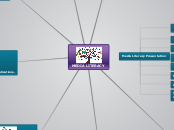arabera Judy Cruise 9 years ago
2989
Media Literacy
Authentic assessment encompasses various methods such as observations, checklists, interviews, performance tasks, media creations, portfolios, journals, rubrics, and self-evaluation.

arabera Judy Cruise 9 years ago
2989

Honelako gehiago